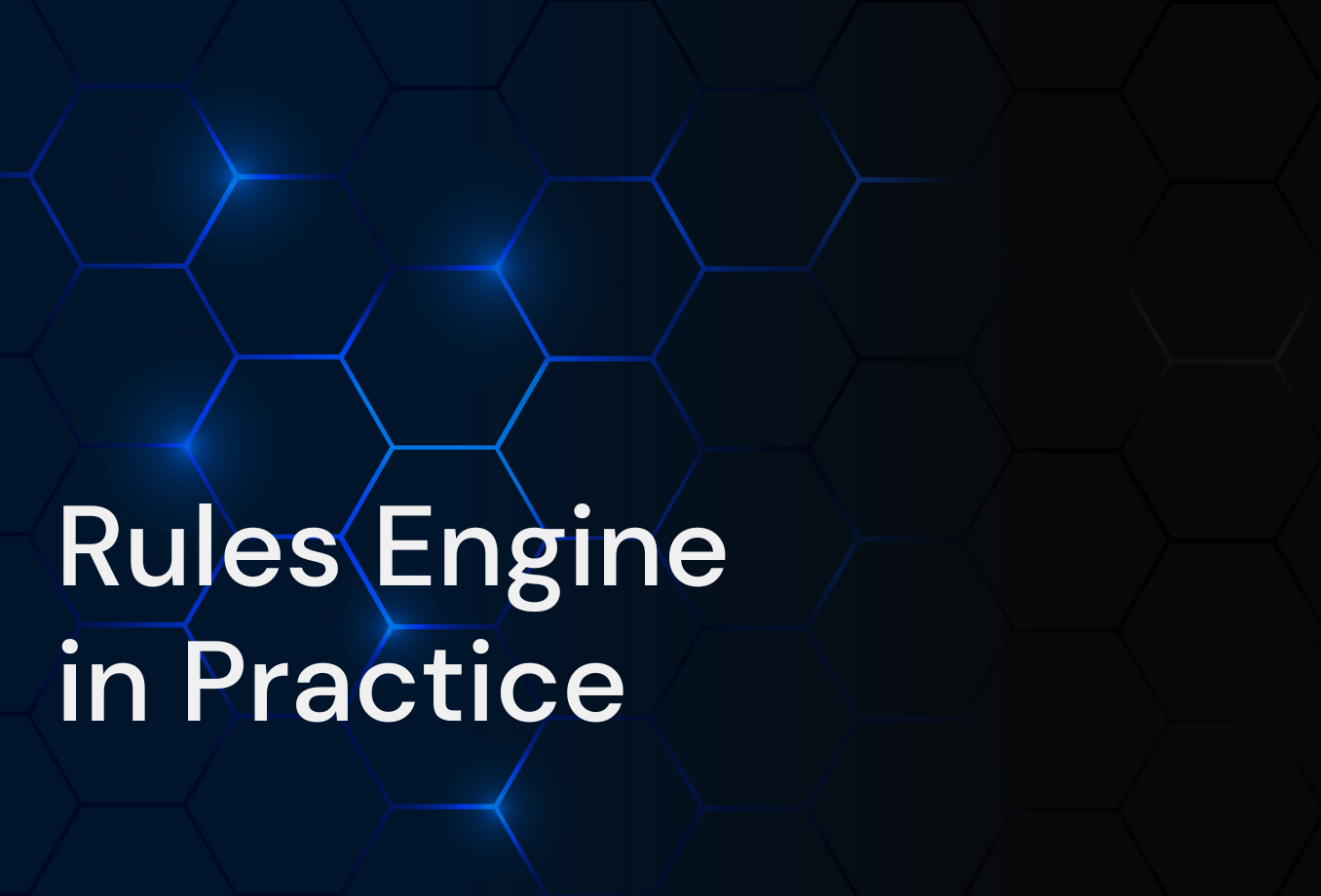As Acceenture's report says: "Underwriters are spending 40% of their time on non-core activities, representing an efficiency loss of $85-$160 billion over the next 5 years."
Imagine 40% of your underwriting employees salary going out of the window. It's painful. But then imagine a way to reclaim that lost resource.
Automating processes in your underwriting department could save your insurance company maybe not 40% instantly, but a huge chunk of this pie. And even though manual underwriters are still needed, insurance market trends shift more and more towards automation with business rules engines being one of the core components of any automation platform.
The Evolution of Insurance Underwriting: From Manual to Automated Systems
The transformation from manual insurance underwriting to automated underwriting systems marks a pivotal shift in the insurance industry. This transition is critical in addressing the time-intensive nature of manual insurance underwriting and reducing human error.
30% of insurtech companies in USA show interest in investing further into scalable software solutions allowing for fluent automation and enhancement of critical insurance workflows.
Automated underwriting processes, powered by business rules engines, streamline repetitive tasks and enhance risk assessment process. These systems utilize relevant data and underwriting rules more effectively, ensuring fewer underwriting errors and a better customer journey.
Insurance companies are now able to quickly assess risk and make decisions, a change that is particularly significant in sectors like auto insurance. The agility and efficiency of these automated systems allow for better underwriting capabilities, crucial for adapting to the varying requirements of insurance customers.
Moreover, the integration with existing legacy systems has made underwriting automation an important strategy for insurers looking to remain relevant. This modern approach improves the accuracy of risk assessment and also significantly reduces the cycle time of insurance processes, thereby enhancing overall customer satisfaction.
The Need for Automation in Underwriting
The insurance industry is undergoing significant transformation, driven by emerging risks and the need for more efficient, accurate, and customer-centric underwriting processes. The traditional underwriting approach, heavily reliant on manual underwriting processes and historical data, is increasingly challenged by the dynamic nature of risks, including cyber threats, climate change impacts, and evolving market conditions. In short – manual insurance underwriting takes a lot of time. What else?
Emerging Risks in the Insurance Industry
The increasing frequency and severity of natural disasters due to climate change are leading to higher insurance claims and losses. This shift necessitates more sophisticated risk assessment models that can accurately reflect changing risk patterns.
The rapid evolution of cyber threats, with threat actors constantly updating their tools and techniques, has made traditional, rearview-mirror underwriting methods less reliable. Insurers must adapt to these new risks by employing more advanced, real-time risk assessment strategies.
Increased litigation and claims costs are forcing insurers to reassess their risk models and pricing strategies:
The Rising Need for Automation in Underwriting
In response to the need for efficiency and evolving customer expectations, insurers are moving towards greater digitization. Automation in underwriting speeds up the processing of applications and also helps in managing the complexity and variability of emerging risks.
The use of artificial intelligence (AI), machine learning, and other digital technologies is transforming underwriting processes. These technologies enable insurers to process vast amounts of data more efficiently, leading to more accurate risk assessments and decision-making.
By leveraging new data sources, such as climate analytics, telematic data from vehicles, and health data from wearables and social media, insurers can gain more comprehensive and current assessments of risks.
Benefits of Automated Underwriting Systems
Automated systems can more effectively analyze complex datasets, reducing the likelihood of poor risk selection and inaccurate pricing.
Automation reduces the time and resources required for routine tasks, allowing underwriters to focus on more complex cases and strategic initiatives.
Automated underwriting systems can rapidly adjust to new information and changing market conditions, ensuring that underwriting processes remain relevant and effective.
The Role of Human Underwriters in an Automated Landscape
Despite the move towards automation, the role of human underwriters remains crucial. They are needed for tasks that require judgment, experience, and strategic thinking, like managing complex cases, maintaining relationships, and adapting to market conditions.
In the automated underwriting landscape, underwriters are evolving into 'exponential underwriters' who leverage technology and data to become more strategic and valuable. They assume roles like technology trailblazers, data pioneers, and risk detectives, focusing on higher-level challenges and enhancing business performance.
Integrating Business Rules Engines with Automated Insurance Underwriting
Incorporating business rules engines into automated underwriting, as explored in the research paper "Automated Underwriting in Life Insurance: Predictions and Optimisation," presents a synergy of efficiency, advanced data analytics, and machine learning integration.
The paper's emphasis on accelerating the underwriting process aligns with the core objective of business rules engines to automate and streamline complex decision-making in insurance. By integrating machine learning tools, these engines can enhance risk assessment and forecasting, adapting to evolving data patterns.
Furthermore, methodologies like Recursive Feature Elimination (RFE) can inform the creation of sophisticated decision-making rules within business rules engines, leading to more accurate underwriting decisions. This integration exemplifies a strategic advancement in automated underwriting, combining technological innovation with practical industry needs, thus redefining the insurance landscape.
.png)
The Strategic Advantages of Rules Engines as Automated Underwriting Systems
What makes underwriting automation important is the efficiency and adaptability. This automation is essential for every insurance company that wants to stay competitive, adapt to evolving risks, lower operating costs, and meet market demands.
Automated underwriting system is key to scale and increase underwriting productivity. Using a one-and-done system like business rules engine you basically input the underwriting guidelines once and the whole system keeps performing digital underwriting until it needs na update. One change affects the whole insurance company, and it doesn't require an army of human underwriters to be trained. Not to mention that automating underwriting takes away repetitive manual tasks like data entry and so on.
Automated underwriting process efficiently leverage business rules engines, enhancing decision-making speed and accuracy. Additionally, insurance automation incorporates diverse data sources for better risk assessment. This transformative approach streamlines processes, reimagines the underwriting value chain, and significantly improves the customer experience, highlighting why underwriting automation is important in today's dynamic insurance industry.

Take Full Control of Your Product Logic
We provide fee Proof Of Concept, so you can see how Higson can work with your individual business logic.





.png)
